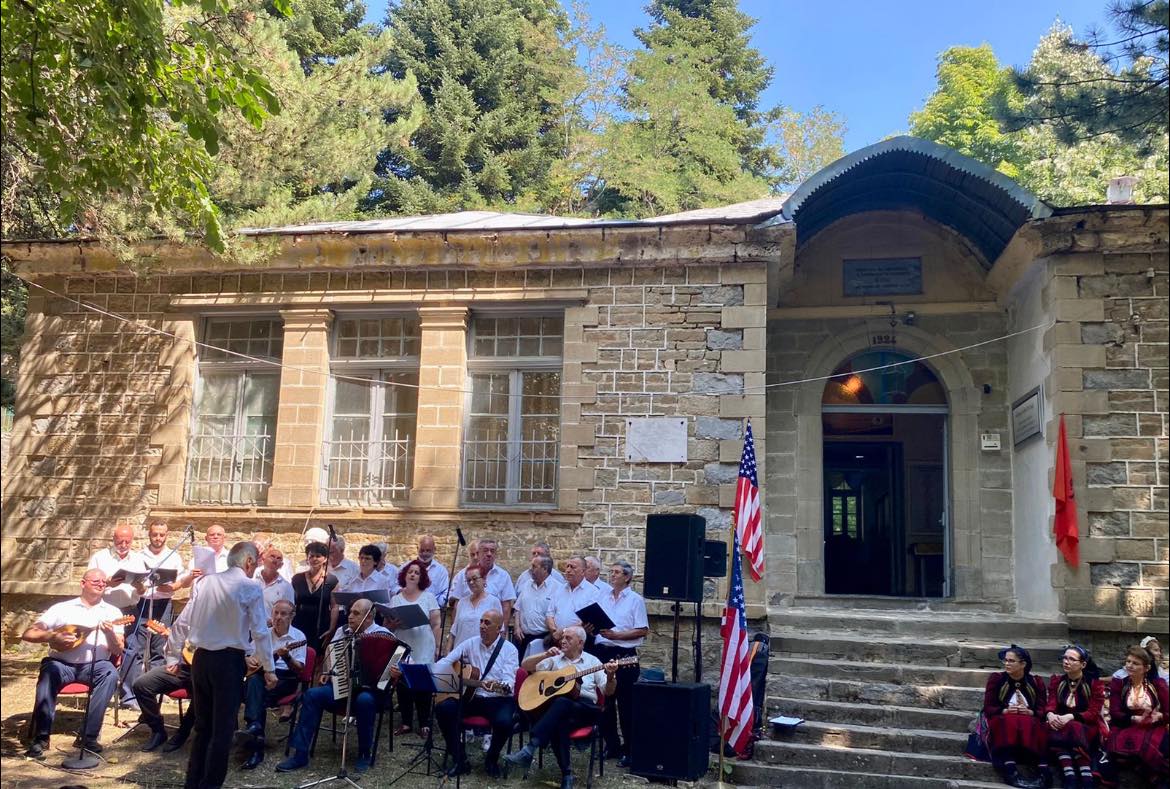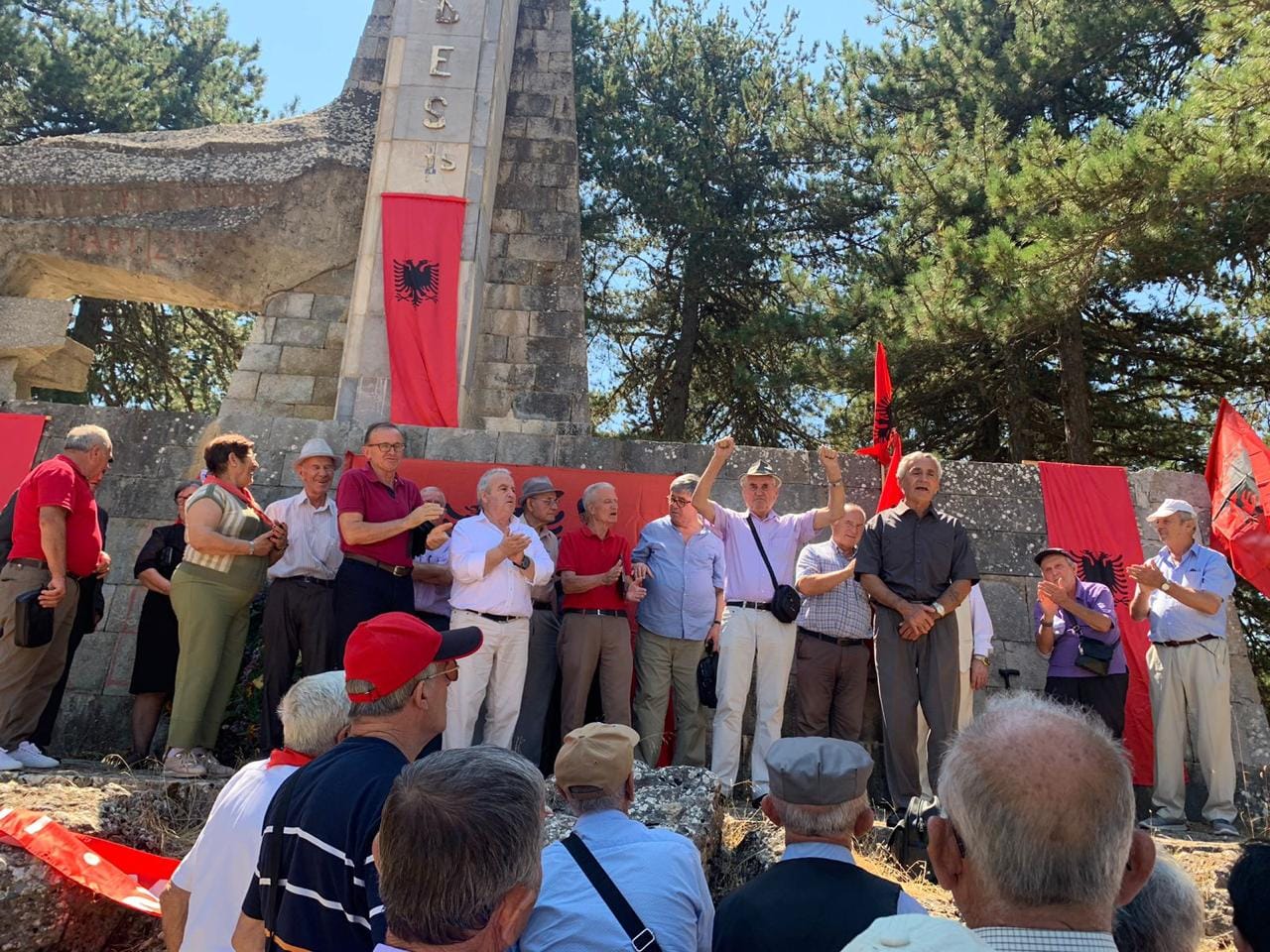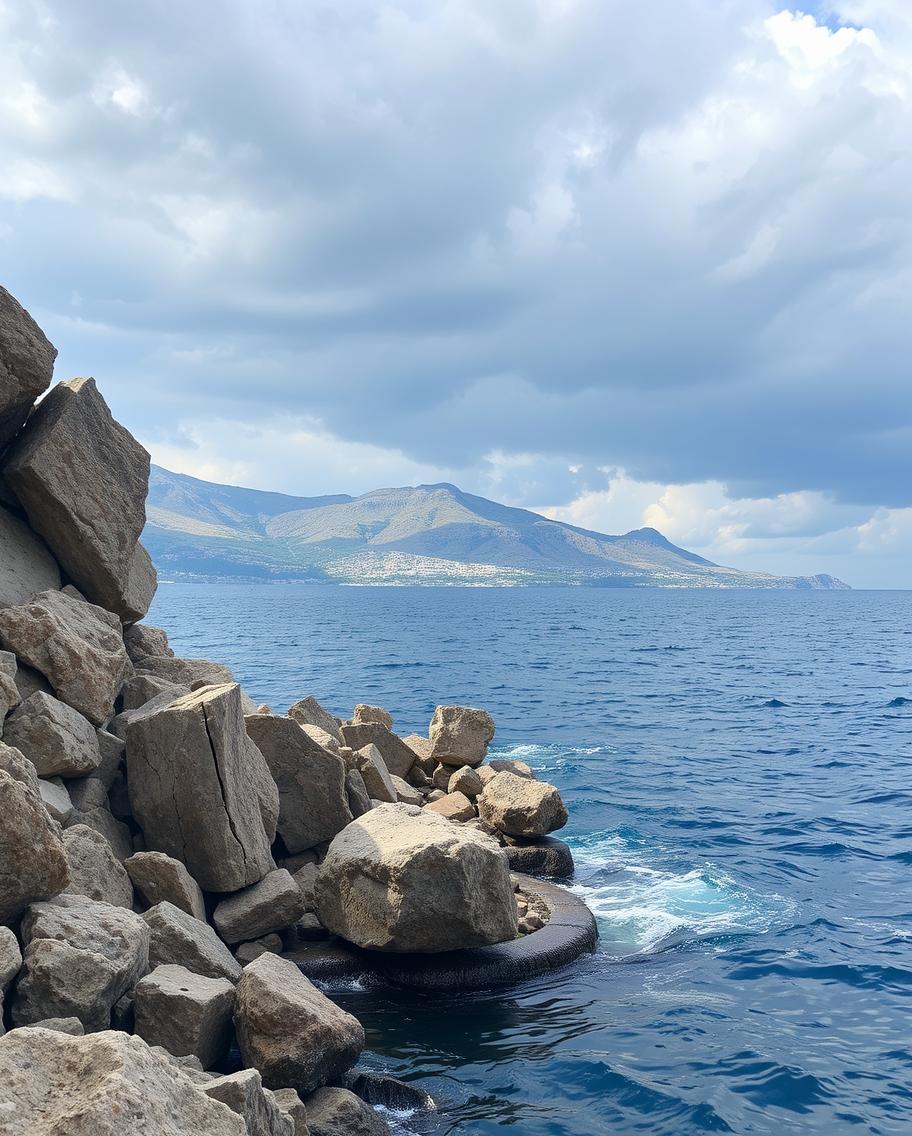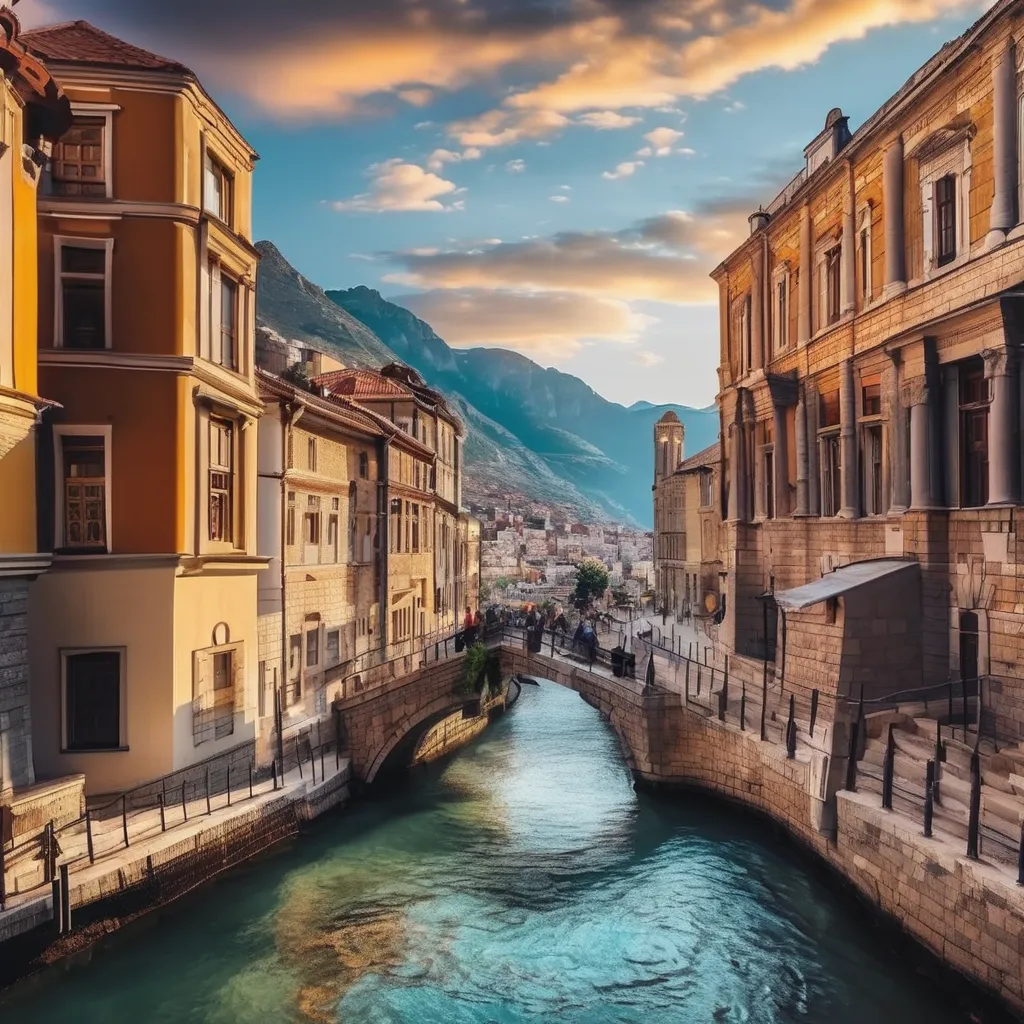History
Fans of Skënderbeu 44 years ago at the stadium…
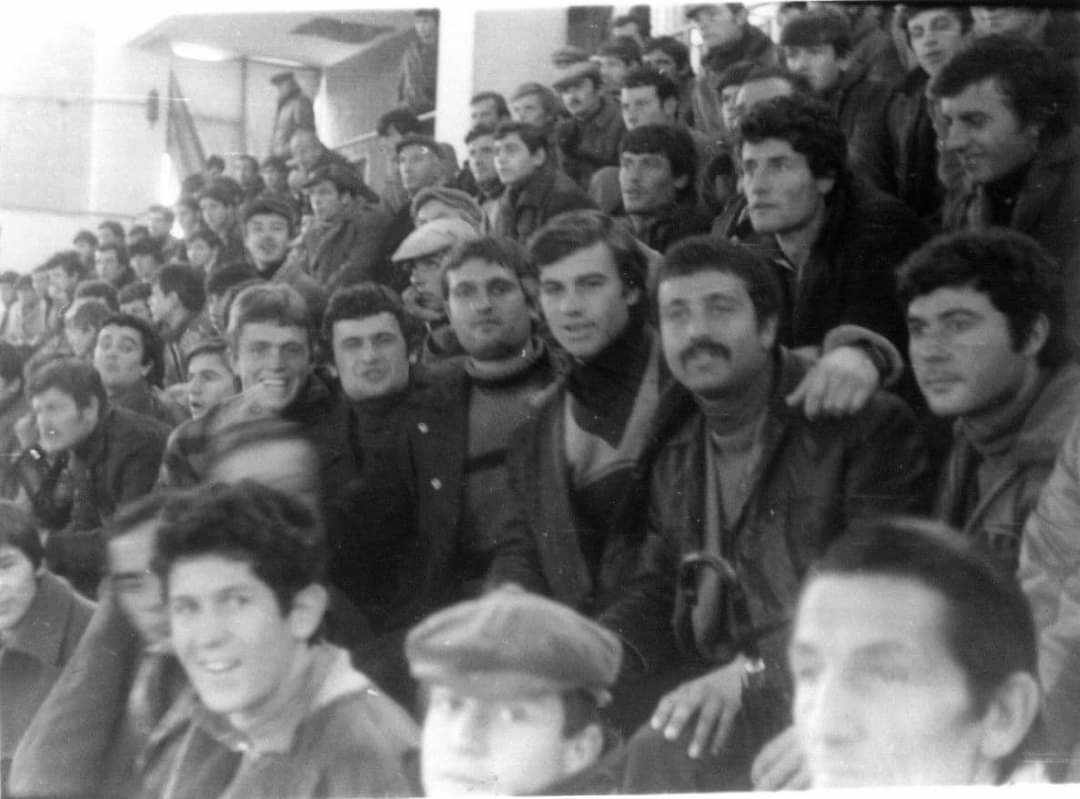
History
The 400th anniversary of the founding of the village of Dardhë
History
81 years since the creation of the First Assault Brigade in Albania in 1943/ This brigade was formed in Makërz of Vithkuq.
History
“The Mystery of the Lost City of Atlantis”
History
“The Tale of the Crusader Knight”
History
“Saving Children from Poverty in Victorian London”
-

 Sport1 month ago
Sport1 month agoHere’s who will hold the “key” to the Korça goal this season…
-
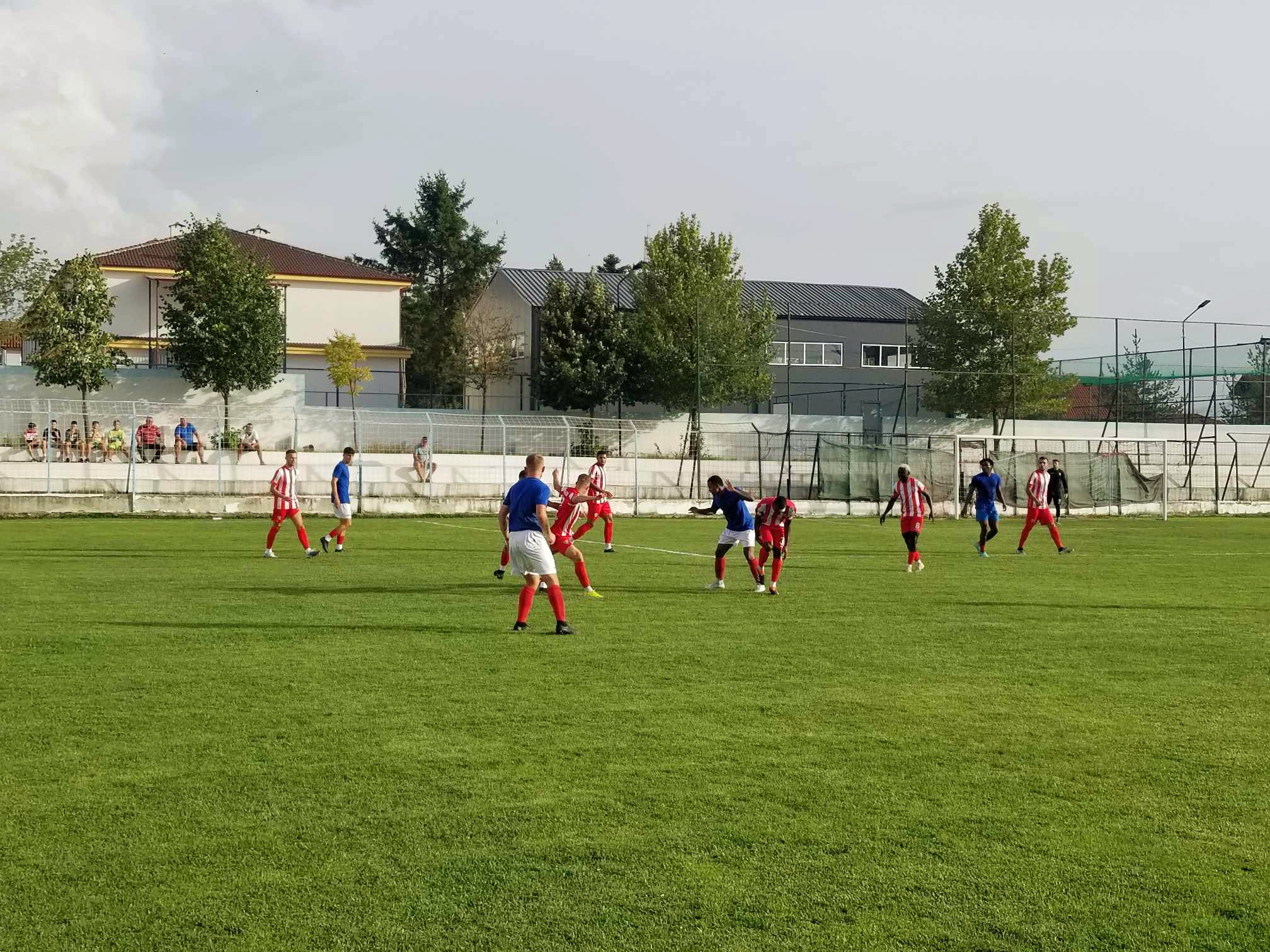
 Sport2 weeks ago
Sport2 weeks ago“FT The friendly match Devolli-Skënderbeu has ended. Find out the result, chances, goals, and what happened in Devolli!”
-

 Sport2 weeks ago
Sport2 weeks agoLeo Begolli, the Korçë Talent Shining in Italy / Also a Member of the U-17 National Team
-

 Sport2 weeks ago
Sport2 weeks agoDevolli-Skënderbeu Starts in Devoll: Here Are the Lineups for Both Teams!
-

 Sport2 days ago
Sport2 days agoEXCLUSIVE / See who is signing with Skënderbeu. Coming from Belgium and joining the training session!
-

 Sport1 month ago
Sport1 month agoEXCLUSIVE/ Here’s when Henrik Nerguti will sign, the midfielder who replaces Dean Liço!
-

 Sport1 month ago
Sport1 month agoSKËNDERBEU / The foreign players sign new contracts and don the red-and-white!
-

 Sport3 days ago
Sport3 days agoMarko Ramos motivates his team: “We need to keep in mind…”
-
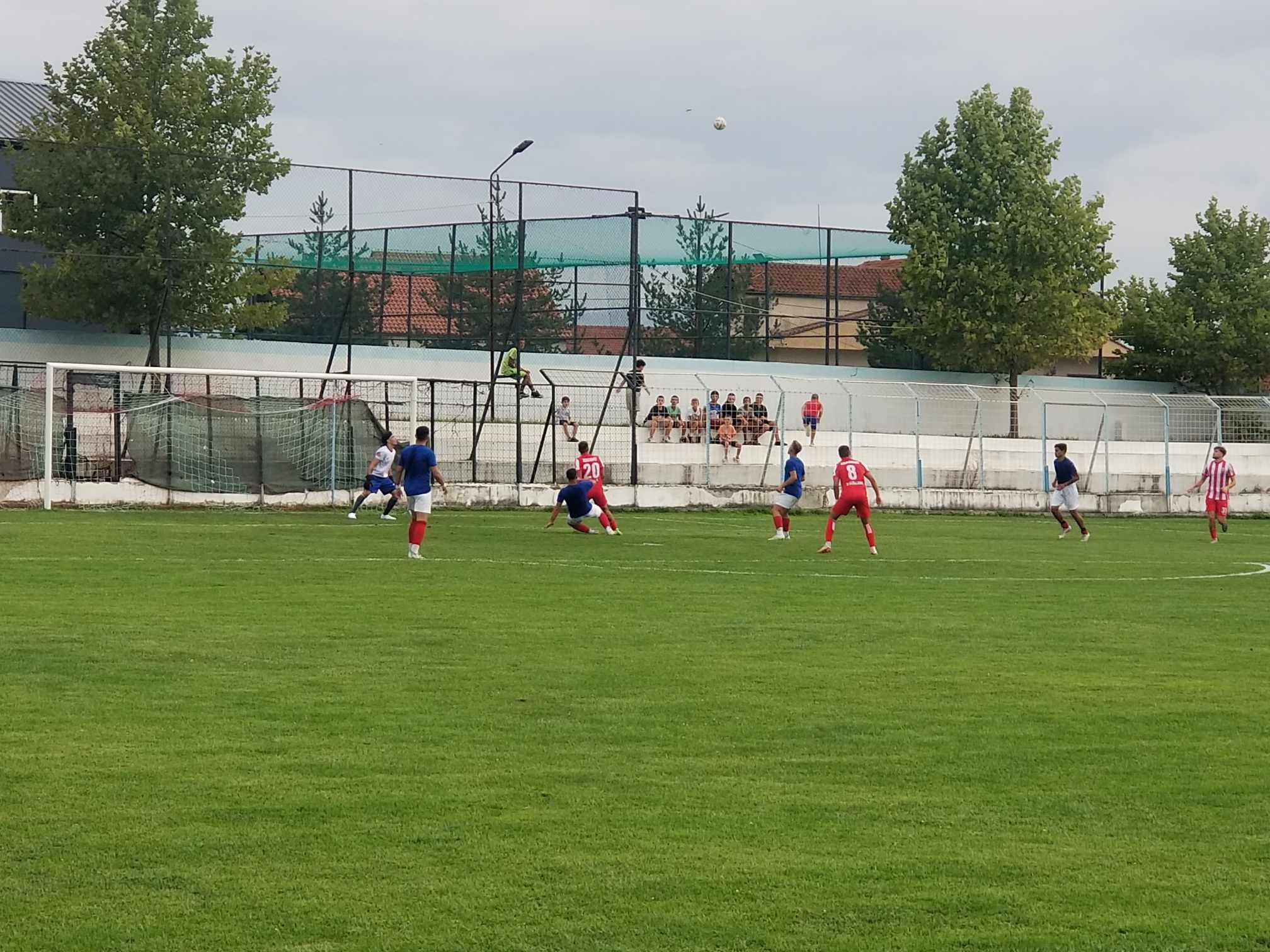
 Sport2 weeks ago
Sport2 weeks ago“HT The first half of the friendly match between Devolli and Skënderbeu has ended/ Find out what happened!”
-

 Sport4 hours ago
Sport4 hours agoChanges at Skënderbeu…

